Magic Realism: Art in Weimar Germany 1919-33 at Tate Modern
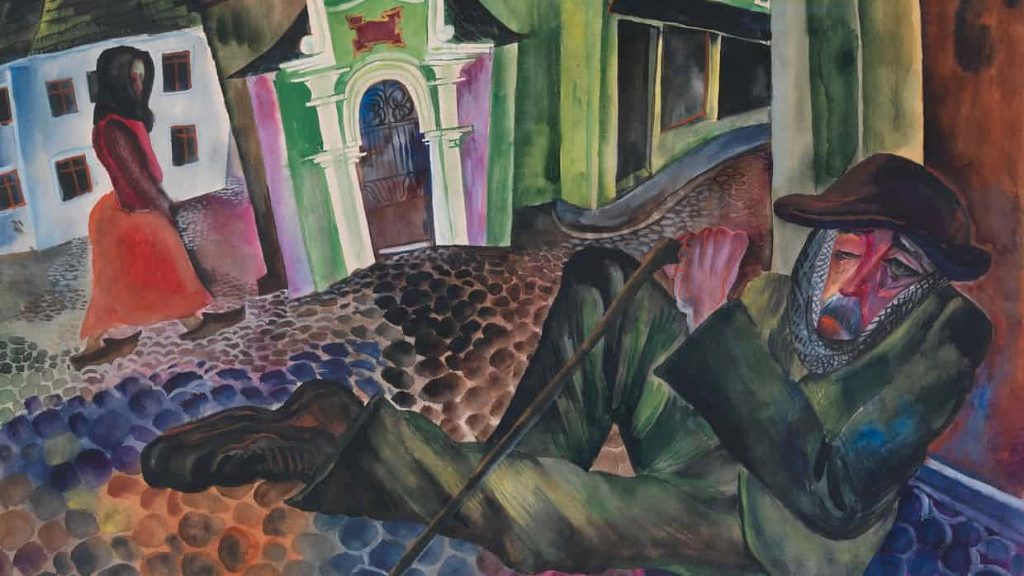
The summer can be a bit slow in the art world, stretching across that gap between the major blockbuster shows of spring and autumn. On the plus side, however, some of London’s institutions respond to this quiet period by putting on smaller, quirkier displays that can’t be relied upon to draw the crowds. Even better, many of these exhibitions are free.
Magic Realism at Tate Modern is one such example. This manageably-sized show explores an area of contemporary art that is often overlooked in narratives that tend to focus on Paris and London as the key hubs of artistic innovation.
This exhibition reveals Weimar Germany to be a fascinating period of history that bears some significant parallels with current political events happening throughout Europe and the US. 100 years ago, the economic and social upheaval caused by the First World War and its immediate aftermath were even more turbulent in Germany than across the rest of the continent. Initially burdened by extreme levels of poverty and unemployment, during the 1920s the nation (and Berlin in particular) then saw a golden period of liberalism and free creative expression. A global economic downturn, however, and the rise of the Nazi party, eventually led to repression, as the fascist group sought to turn the arts to their own aims and Hitler rejected modern art as “degenerate”.
Magic Realism depicts this era as one of contradiction and complexity for visual art, where the stark realities of mass unemployment compete with the fantastical escapism of the circus and cabaret. The exhibition doesn’t shy away front confronting the darker side of many of these artists’ work, pointing to a predilection for depicting the sexualised bodies of murdered women, for example.
Many of the pieces on view remain challenging, exciting and – frequently – problematic. A painting commenting on the debate over abortion feels powerfully current, and yet the sexualised representation of the depicted female figures is also hard to stomach. Violence abounds in the form of murder and amputation, and yet many of the paintings are also vehemently anti-military.
The exhibition effectively shows the variety – and creativity – of artistic responses to a period of political, social and economic turmoil, suggesting that life in such times is never simply black and white. Magic Realism is a timely approach to an overlooked subject.
Anna Souter
Photo: The George Economou Collection © DACS 2018
Magic Realism: Art in Weimar Germany 1919-33 is at Tate Modern from 30th July until 14th July 2019. For further information visit the exhibition’s website here.



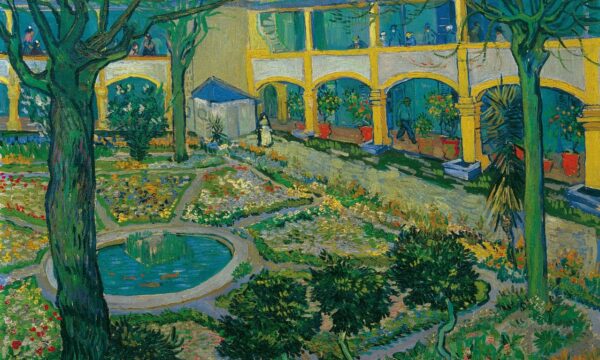
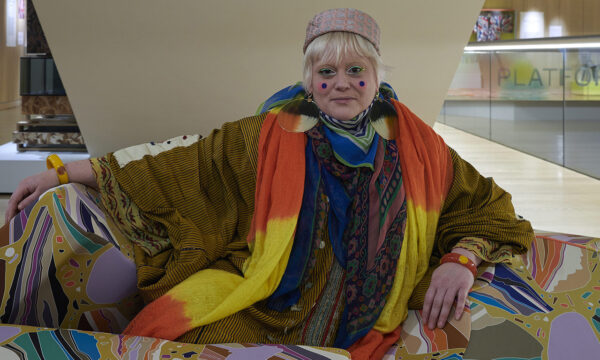
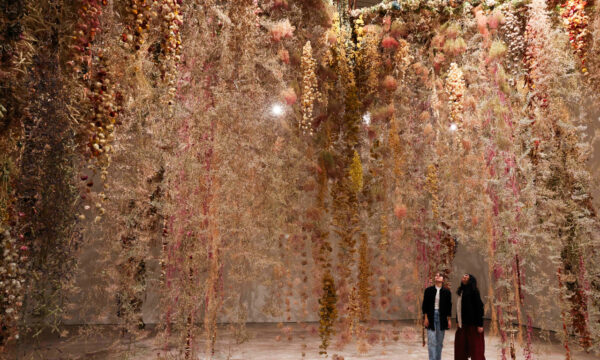
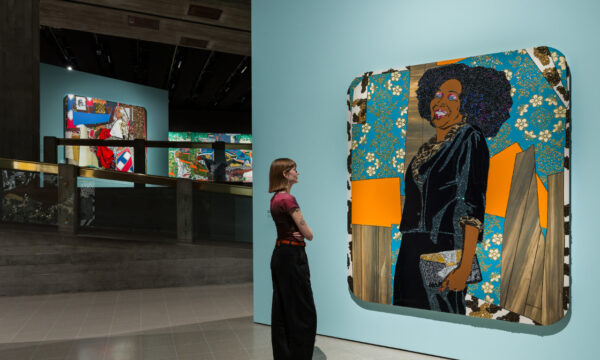
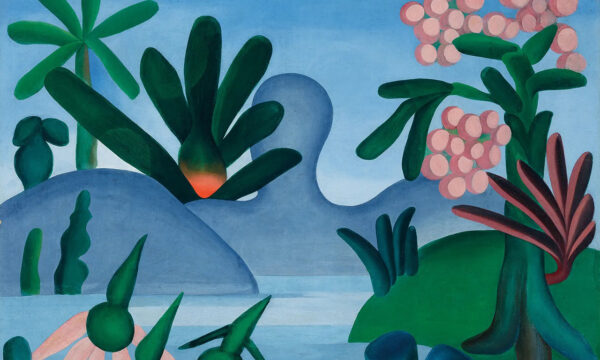
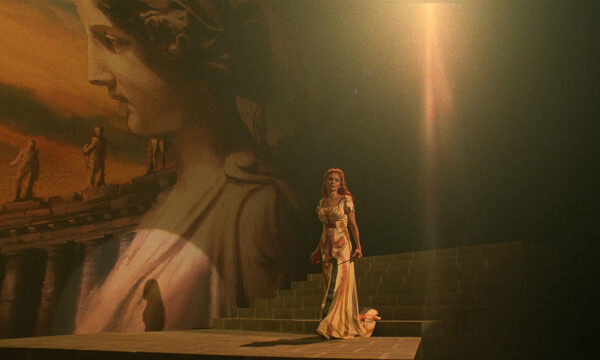
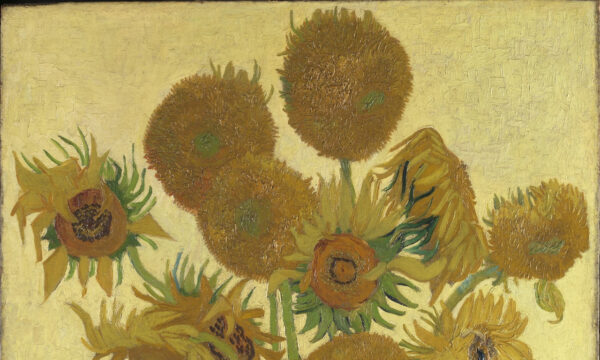
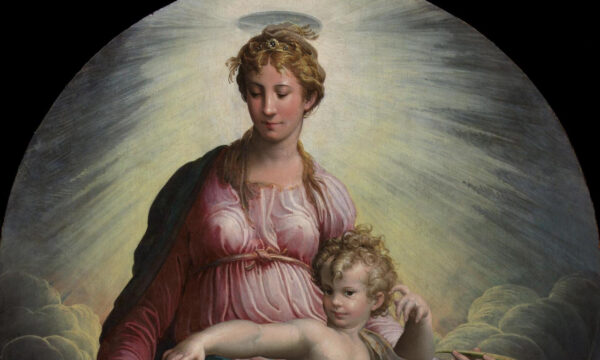








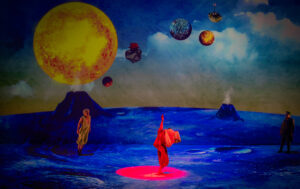

Facebook
Twitter
Instagram
YouTube
RSS